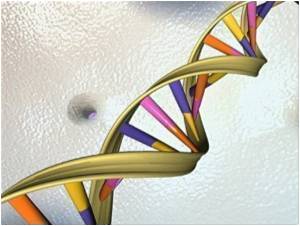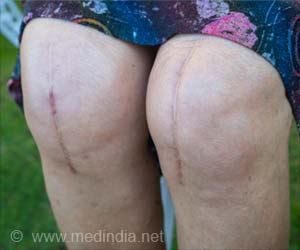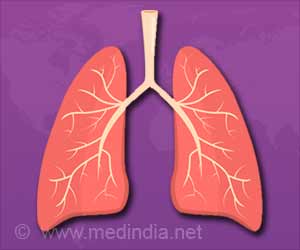A new window of opportunity for successful autism therapy has been discovered by researchers at University of California San Diego.

Those stem cells were able to form functional neurons in cell culture. But neurons derived from Rett Syndrome patients exhibited some abnormalities when compared to those derived in the same way from healthy individuals.
The first thing the researchers noticed was that the cells were smaller than healthy neurons, had fewer synapses and displayed other signs of a failure to communicate properly.
When the cells were treated with drugs that had shown promise for correcting autism symptoms in mice, those abnormalities were reversed and Muotri said it appeared that the cellular defects could actually be "overcorrected."
The findings are especially notable because symptoms of Rett Syndrome typically don't set in until children are 6 to 18 months old, suggesting that the gene responsible isn't essential for early wiring of the nervous system, Muotri explained.
"Our data provide evidence of an unexplored developmental window, before disease onset, in Rett syndrome where potential therapies could be successfully employed," the researchers wrote.
Advertisements
"There is a real, basic biology behind these diseases. We can see it in a culture dish," Muotri said.
Advertisements








